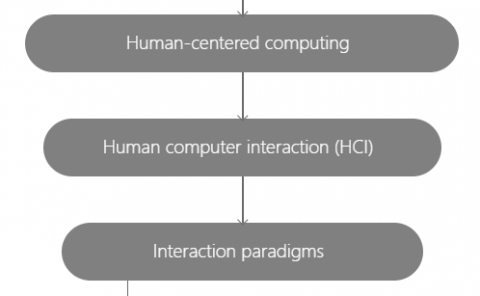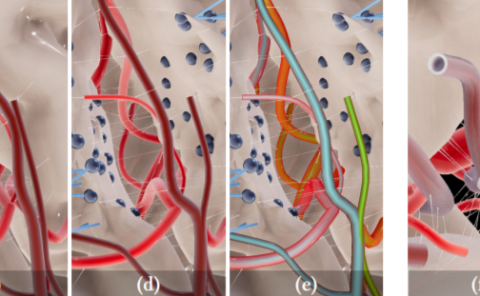Towards Eye-Friendly VR: How Bright Should It Be?
PubDate: August 2019
Teams: TU Wien;IRYStec Software Inc.
Writers: Khrystyna Vasylevska; Hyunjin Yoo; Tara Akhavan; Hannes Kaufmann
PDF: Towards Eye-Friendly VR: How Bright Should It Be?

Abstract
Visual information plays an important part in the perception of the world around us. Recently, head-mounted displays (HMD) came to the consumer market and became a part of everyday life of thousands of people. Like with the desktop screens or hand-held devices before, the public is concerned with the possible health consequences of the prolonged usage and question the adequacy of the default settings. It has been shown that the brightness and contrast of a display should be adjusted to match the external light to decrease eye strain and other symptoms. Currently, there is a noticeable mismatch in brightness between the screen and dark background of an HMD that might cause eye strain, insomnia, and other unpleasant symptoms. In this paper, we explore the possibility to significantly lower the screen brightness in the HMD and successfully compensate for the loss of the visual information on a dimmed screen. We designed a user study to explore the connection between the screen brightness in HMD and task performance, cybersickness, users’ comfort, and preferences. We have tested three levels of brightness: the default Full Brightness, the optional Night Mode and a significantly lower brightness with original content and compensated content. Our results suggest that although users still prefer the brighter setting, the HMDs can be successfully used with significantly lower screen brightness, especially if the low screen brightness is compensated.



